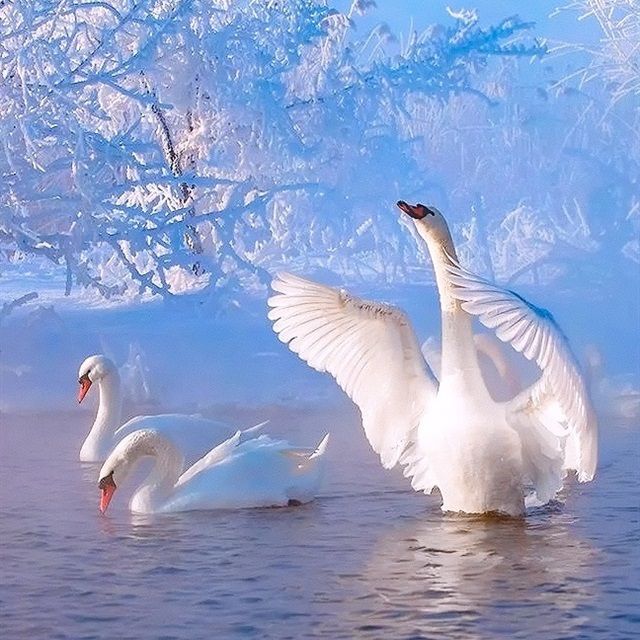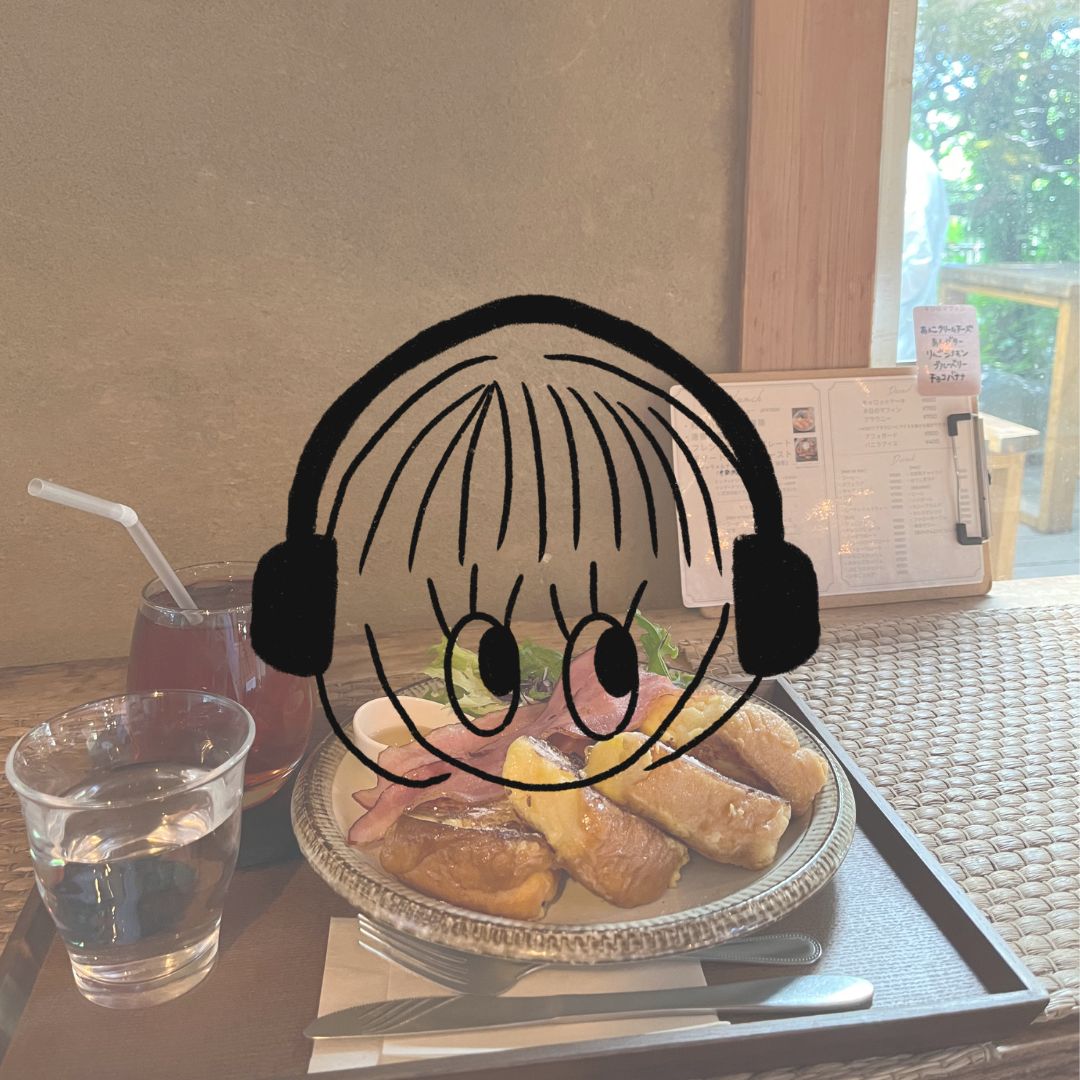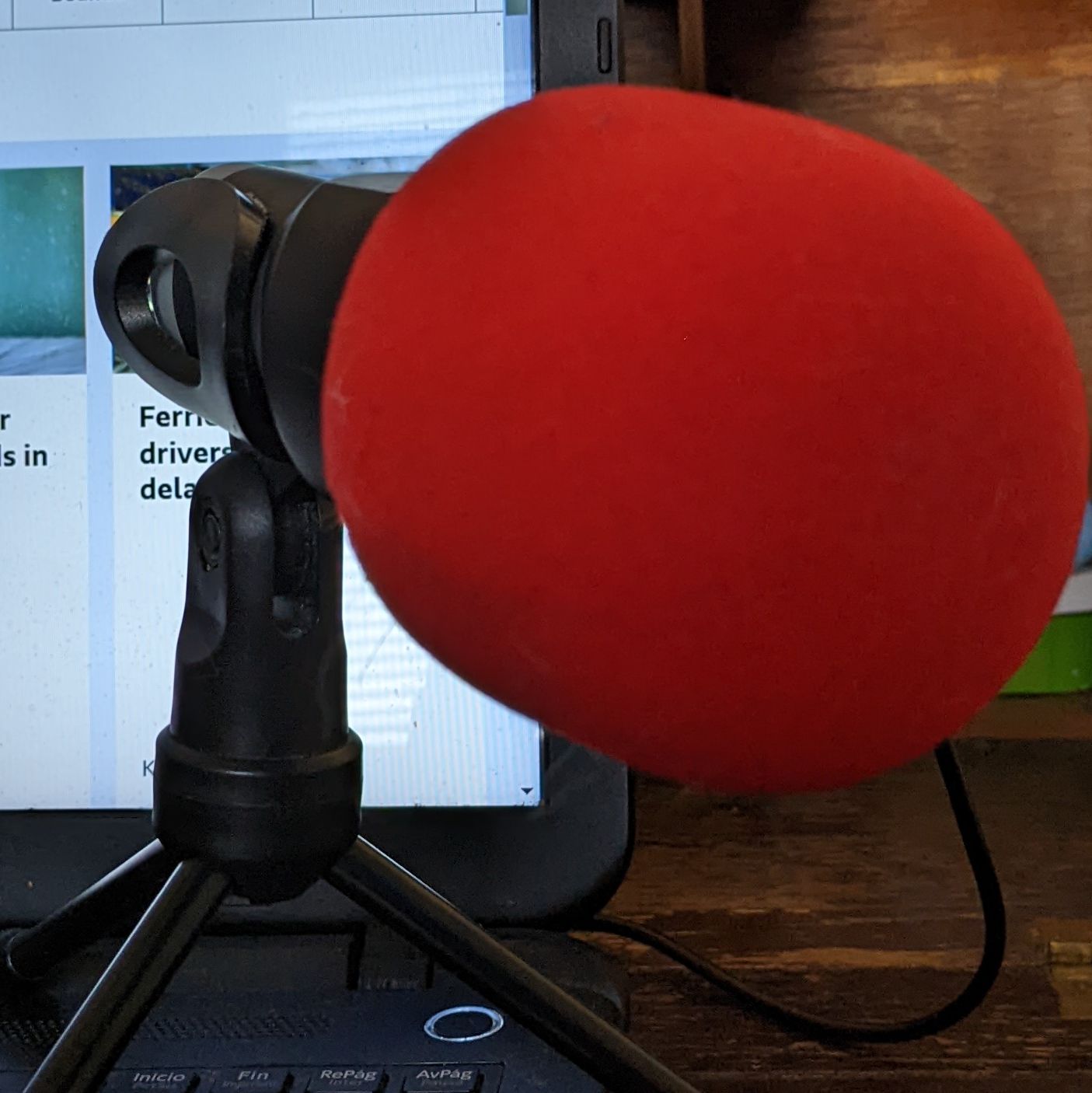寻找适合你的 英语 教师…

Cambridge 16 Reading Test 2. The White Horse of Uffington
描述
The cutting of huge figures or ‘geoglyphs’ into the earth of English hillsides has taken place for more than 3,000 years. There are 56 hill figures scattered around England, with the vast majority on the chalk down lands of the country’s southern counties. The figures include giants, horses, crosses and regimental badges. Although the majority of these geoglyphs date within the last 300 years or so, there are one or two that are much older.
The most famous of these figures is perhaps also the most mysterious — the Uffington White Horse in Oxfordshire. The White Horse has recently been re-dated and shown to be even older than its previously assigned ancient pre-Roman Iron Age* date. More controversial is the date of the enigmatic Long Man of Wilmington in Sussex. While many historians are convinced the figure is prehistoric, others believe that it was the work of an artistic monk from a nearby priory and was created between the 11th and 15th centuries.
The method of cutting these huge figures was simply to remove the overlying grass to reveal the gleaming white chalk below. However, the grass would soon grow over the geoglyph again unless it was regularly cleaned or scoured by a fairly large team of people. One reason that the vast majority of hill figures have disappeared is that when the traditions associated with the figures faded, people no longer bothered or remembered to clear away the grass to expose the chalk outline. Furthermore, over hundreds of years the outlines would sometimes change due to people not always cutting in exactly the same place, thus creating a different shape to the original geoglyph. The fact that any ancient hill figures survive at all in England today is testament to the strength and continuity of local customs and beliefs which, in one case at least, must stretch back over millennia.
播客频道
The Habits of Women Growing Into Strong, Confident English Communicators
播客创作者
所有播客集

Swan Lake 1

🐣Japanese Podcast for beginners Ep.4

Clase 6. Frases con el verbo estar 1.

16. Com'è vivere all'estero?

Cumpleaños (A1)

Clase 2. Verbos regulares.

Can Music Help me Learn?

BBC Breakfast at 40. (With transcript for study)
热门播客集

The never-ending fairy tales land🧚🏻♂️
Swan Lake 1

Japanese Podcast for Beginners🐣🎧
🐣Japanese Podcast for beginners Ep.4

A1.1. Español básico para principantes.
Clase 6. Frases con el verbo estar 1.

Puro Parlare
16. Com'è vivere all'estero?

Diálogos Guiados en Español (Guided Dialogues - Spanish Practice)
Cumpleaños (A1)

A1.1. Español básico para principantes.
Clase 2. Verbos regulares.

Teacher Joseph's Podcast
Can Music Help me Learn?

Teacher Joseph's Podcast
BBC Breakfast at 40. (With transcript for study)